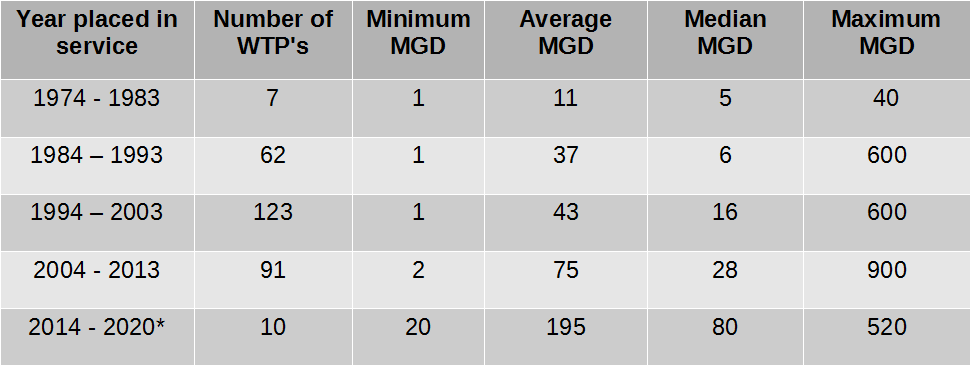
A Question to be asked, what is a Electrolytic Ozone Generator? How does it work? Well, here is what John has to say!
Electro (electric) lytic (loosten) – to loosen by way of electricity. Electrolysis loosens the oxygen atom from the hydrogen pair in a water molecule.
All ozone is made from oxygen. Electrolytic ozone generators make ozone from the oxygen atoms in a water molecule (H2O). When metal electrodes are immersed in water and separated from one another, the energy from a low voltage direct current passing through water breaks the water molecule apart into hydrogen and oxygen. The hydrogen (H2) gas floats up from the negative cathode, and oxygen atoms join in pairs (O2) and float up from the positive anode. The electrical energy is stored as chemical energy in the form of a hydrogen and oxygen mixture. This energy can be released again when a source of ignition causes the hydrogen and oxygen to join to release heat in an explosion.
A special catalyst is needed on the electrodes in water along with some extra energy to coax three oxygen atoms combine to form ozone. The technology of electrolytic ozone generation is focused on the molecular structure of the electrodes instead of the mechanical and electrical technology of corona discharge generators, pumps, and venturis. Exactly how the molecular structure of the catalyst brings the oxygen atoms together to form ozone is complex. The catalyst formulas continue to be developed and success secrets are guarded. The individual oxygen atoms pulled apart with electrical energy join together into ozone under the direction of the catalyst. This ozone readily dissolves into the surrounding water to form ozonated water.
Because electrolytic ozone forming technology is molecular, the equipment can be very small. All that is needed is a simple DC power supply and a piece of the electrode material. The O-pen is an electrolytic ozone generator with its own battery capable of producing an individual cup of ozonated water. The OZO-Pod is larger and is powered with a 12 volt transformer. The device will provide a small bucket of ozonated water within minutes.
The alternative is to bubble ozone gas in water with a diffuser or inject it into water with a venturi. This process requires pumps, ozone gas generators, diffusers, and venturis. All of this equipment has moving parts, is large, and involves ozone gas. It becomes a challenge to fit it all into a box smaller than a suitcase. The OZX-300 is a popular option because it has a built in air pump for bubbling ozone in water.
How does the OZX-300 compare to the OZO-Pod? After 5 minutes of running the OZO-Pod in 2 liters of water and bubbling ozone from the OZX-300 into 2 liters of water, I measured the levels of dissolved ozone using the I-2019 dissolved ozone monitor. The OZO-Pod used twice as much power but was able to provide over 4 times the level of dissolved ozone after 5 minutes.

Lets compare the models:
| OZX-300 | OZO-Pod |
| $124 | $179 |
| 7 watts | 14 watts |
| 2” x 4” x 6” | 3” diam x 1” |
| 2 lbs | 14 oz |
| 0.41 ppm | 1.79 ppm |
| Plastic | Stainless Steel |


When small amounts of ozonated water are desired, electrolytic ozone generators provide an attractive alternative. Does this apply to large quantities of water as well? We will pursue answers to this question and others in another post.

